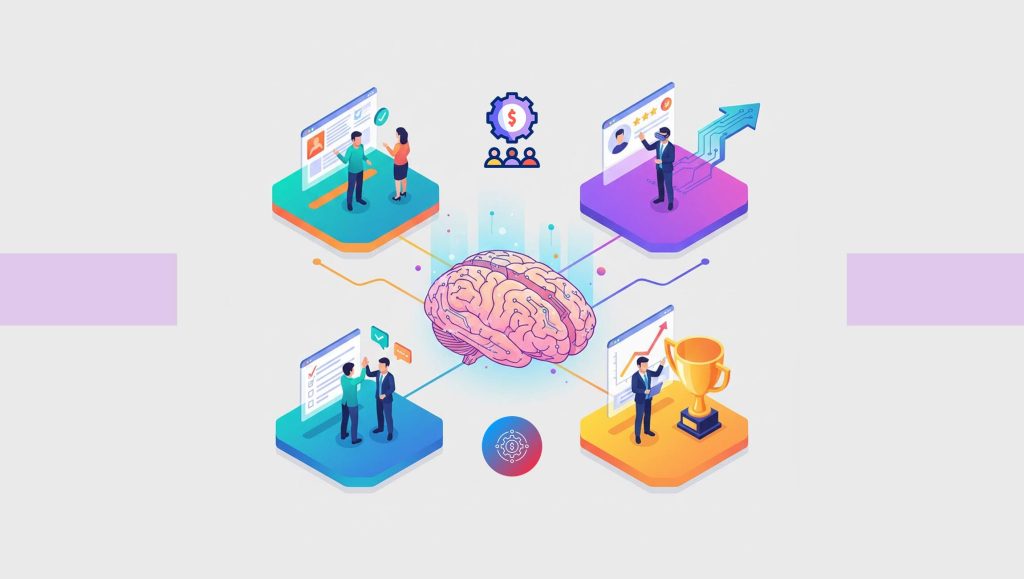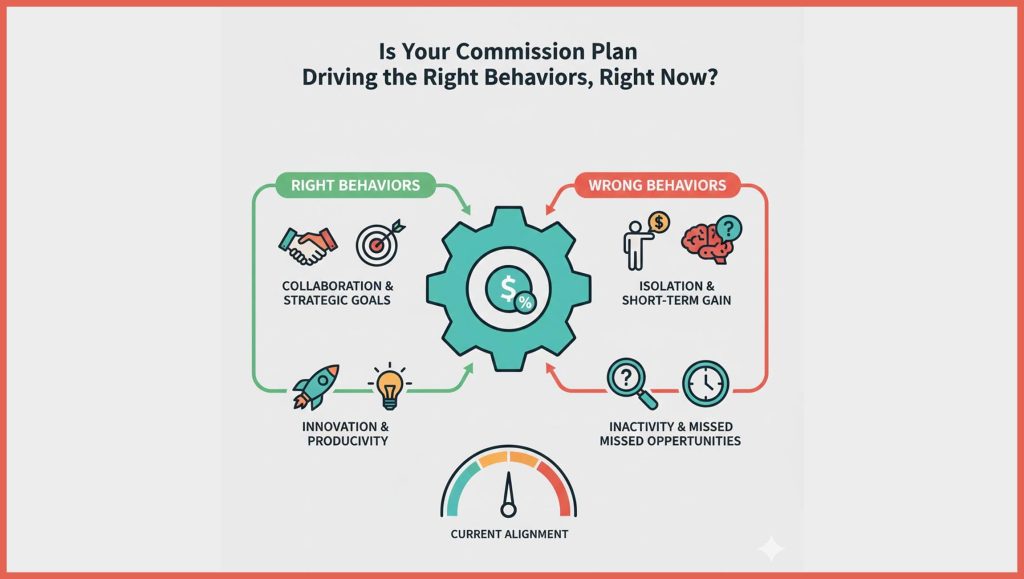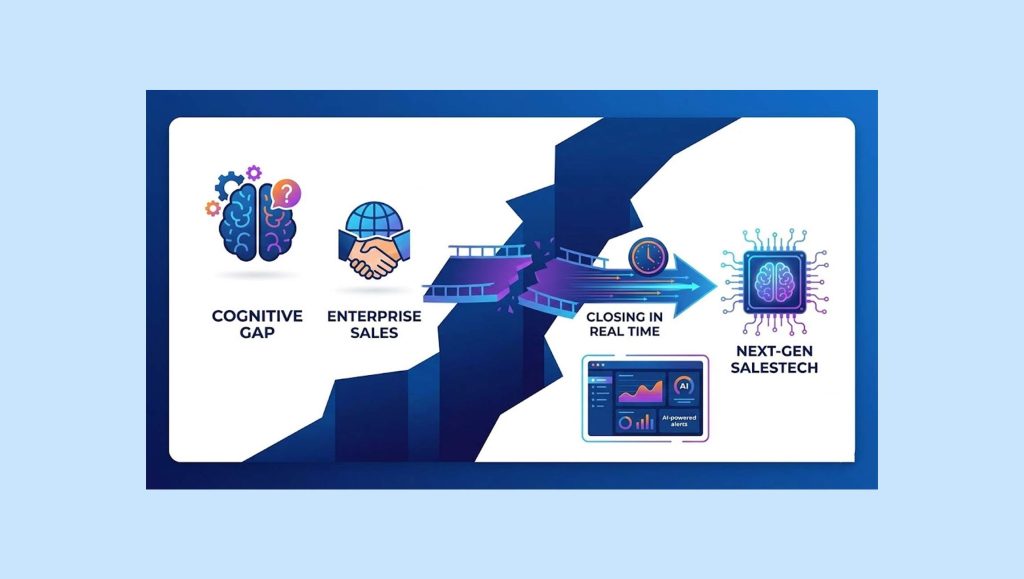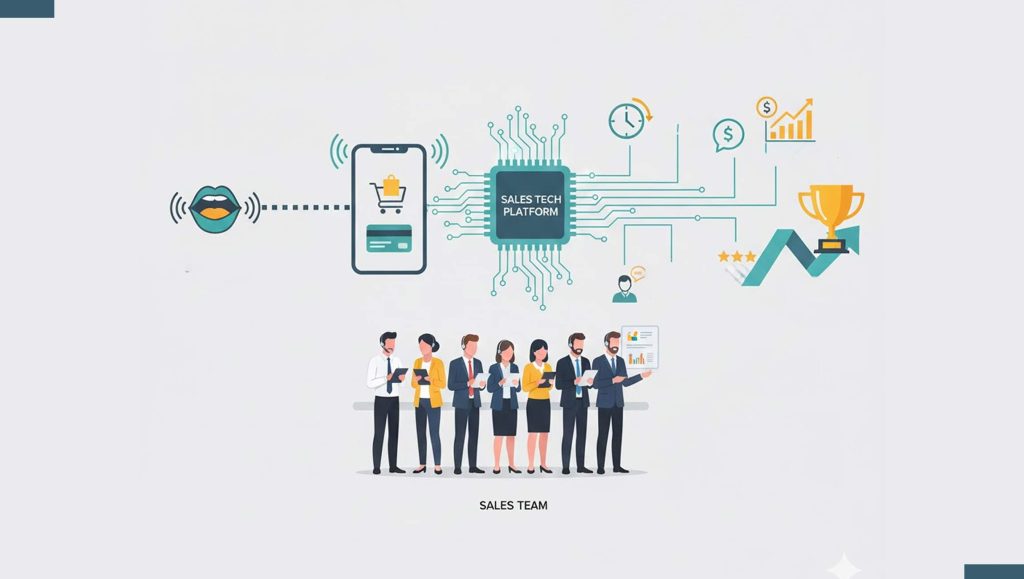The use of coupons, loyalty programs and retail apps has significantly increased alongside the growth of in-store shopping, highlighting the effective role of personalized digital experiences in driving customers to physical grocery stores.
Swiftly, a leader in innovative retail technology tools and solutions, released its annual True Cost of a Grocery Shop survey. Despite a slowdown in inflation, results show grocery shopping remains a financial burden for many, with two-thirds of consumers still struggling to afford their grocery expenses. A number that’s remained steady since last year’s results were revealed.
The survey also sheds light on how pricing, customization and convenience shape consumer shopping behaviors, offering retailers insights that can help them directly address customer needs. Respondents further revealed that cautious spending affects nearly every aspect of grocery shopping, from item selection to the reliance on discounts.
Additionally, the survey underscores a clear preference for shopping in local grocery stores over other options such as big retail chains, delivery services and online shopping. This preference aligns with a significant 30% increase in coupon usage compared to last year, along with a rise in retail app and loyalty program engagement.
In response to these economically driven changes in consumer behavior, retailers have an opportunity to integrate digital tools and strategies to maintain in-store traffic. The shift towards in-person shopping suggests that the costs associated with delivery services and online shopping are outweighed by the desire for in-person experiences. Brick-and-mortar grocers can bridge the digital and physical retail divide by offering user-friendly apps featuring coupons, tailored recommendations, and loyalty rewards, thereby enhancing in-store traffic, increasing basket size, and boosting overall revenue.
Read More: FlashIntel Introduces Personalized Caller ID Feature to Boost B2B Sales Conversion Rates
Other significant highlights of the survey show that:
- 82% of respondents use coupons, 64% participate in loyalty programs and 34% utilize retail apps.
- 77% prefer shopping in-store at local grocery stores, marking a 7% increase from Swiftly’s 2022 survey.
- Among respondents with student loan repayments (48%), 28% report an impact on their grocery budgets or shopping habits.
- 53% of respondents have adjusted their grocery budgets or shopping habits due to rising interest rates.
Henry Kim, CEO of Swiftly, commented, “The ongoing fluctuations in inflation, along with other financial pressures like student loan repayments and rising interest rates, are pushing consumers deeper into debt. Groceries represent a significant portion of consumer expenditure, following housing and transportation costs. Our survey results show that the current economic environment has cultivated shoppers who are not only more deal-focused but also expect savings from their preferred shopping locations. To meet this demand and compete with larger retailers offering lower prices, physical grocery stores must incorporate advanced retail technology tools into their strategies. These tools are essential not just for customer savings, but also for building connections, enhancing engagement and boosting store visits, without which they risk falling behind.”
Read More: SalesTechStar Interview with Abigail Salvador, Sr. Growth Account Executive at Gong





















